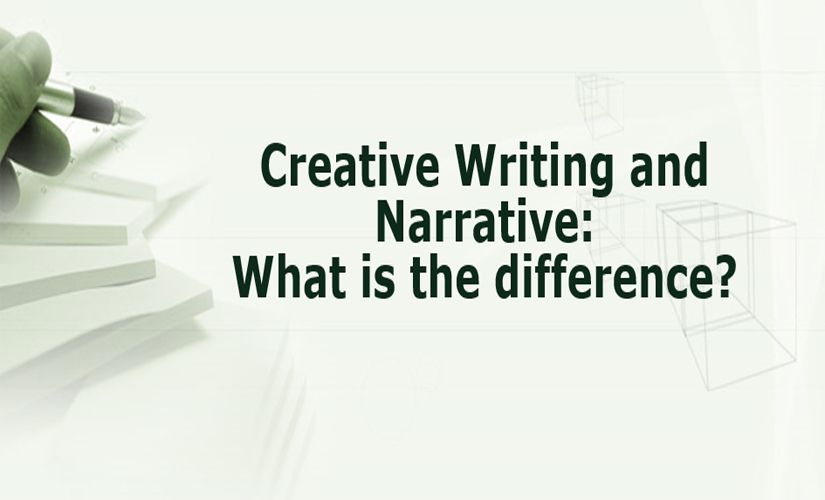Many people think that creative writing and narrative does not mean the same type of paper. However, even if these writings cover different aspects, they cannot exist without each other. It is because both writings require people to use their thoughts and ideas. Also, they do not need to follow a specific structure. In this case, people cannot write interesting narratives if they do not have creative approaches to represent their stories. Thus, creative writing and narrative shape the story and make it interesting for reading.
General Aspects
Because writing is a valuable exercise, it helps people to express their ideas and thoughts. Basically, there are different types of papers in writing. Also, it includes imagery, narrative, and drama. The level of creativity makes these forms of writing unique. In creative writing, people use artistic expression and draw on imagination to express meaning through descriptions, narratives, and performance. Besides, creative writing included different genres, like poetry, fiction, scripts, screenplay, and non-fiction narratives. Moreover, understanding how to write a biographical essay can help writers bridge personal experiences with creative storytelling. In turn, people give their life experiences through narrative writing. Thus, a comparison between the two types of writing reveals that they are not different because creativity makes narratives exciting and unique.

Narrative Writing
Narrative writing is a formal peace that recounts a story from a real-life experience. For example, an author can give an account of a motivating experience in his or her life (Roy, 2012). In this case, the author makes a clear description of the experience. Besides, the person may include other characters or objects present during the encounter. Basically, narrative writing should define a story with main characters who take part in various events. Main characters in a tale engage in stimulating, significant, or entertaining experiences. Hence, people give a concise description of events in narrative writing to attract the attention of the audience.
Writing and Creativity
Creative narratives attract the audience’s attention to read through the story. For example, a writer chooses an interesting topic or experience to narrate (Roy, 2012). In this case, the heading and introduction of a narrative should be attractive. Besides, the structure of the narrative should have a good flow of ideas. Hence, the creativity level of a writer determines its quality. The opinions and tone used in a narrative should show the uniqueness of the author. Along these lines, creative writing relies on ingenious ideas. Through creativity, an author of a narrative progresses to use unusual conventions, word choice, and sentence fluency (Roy, 2012). The claim above suggests that creative writing is crucial in narratives. Writers meet the needs of the audience through ingenious ideas and styles of presentation. In consequence, an author should rely on creative writing when giving a narrative.
The Connection Between Creative and Narrative Writing
Creative writing makes narratives unique and outstanding. For example, different people can narrate a single event in various exciting ways (Roy, 2012). Basically, the levels of creativity of an author determine the uniqueness of a story. The distinctiveness of a narrative makes it one of its kind. Moreover, the authors make tales unique through character development. An author imagines and portrays characters in a way that appears real to the audience. In this case, creative writing requires an author to provide enough details of events. Thus, creative writing helps to make narratives unique.
Conclusion on Creative Writing
In conclusion, creative writing makes narratives thought-provoking and unique. Compelling narratives attract the reader’s attention. In this case, the structure of a narrative should encourage the audience to keep reading through a story. Besides, creative writing makes tales unique and outstanding. Through creativity, different writers can give a recount of a single event in diverse and appealing ways. Good narratives require high levels of creativity. Therefore, creative writing is not different from narratives.
Reference
Roy, J. (2012). Sharpen your story or narrative writing skills. Berkeley Heights, NJ: Enslow.
